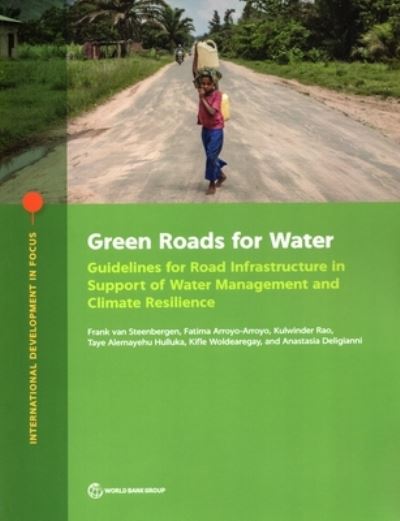
Roads and water are generally seen as enemies, with water responsible for most of the damage to roads, and roads being a major cause of problems such as erosion, waterlogging, flooding, and dust storms. This tension, however, can be reversed. The concept of Green Roads for Water (also known as "Green Roads" or "roads for water") places roads in the service of water and landscape management and climate resilience without sacrificing or diminishing their transport functions. With global investment in roads of US$1-US$2 trillion per year, plus maintenance costs, the widespread adoption of Green Roads approaches can leverage investment at a transformative scale, making road development and maintenance a vital tool for achieving climate resilience, water security, and productive use of natural resources. Green Roads for Water: Guidelines for Road Infrastructure in Support of Water Management and Climate Resilience provides strategies to use roads for beneficial water management tailored to diverse landscapes and climates, including watershed areas, semiarid climates, coastal lowlands, mountainous areas, and floodplains. The underlying premise of Green Roads is therefore quite simple: designing roads to fit their natural and anthropomorphic contexts; minimize externalities; and balance preservation of the road, water resources, landscape, and soil resources will usually cost less than traditional protective resilience approaches and will produce more sustainable overall outcomes.
| ISBN: | 9781464816772 |
| Publication date: | 30th July 2021 |
| Author: | Frank van Steenbergen |
| Publisher: | World Bank Publications an imprint of The World Bank |
| Format: | Paperback |
| Pagination: | 262 pages |
| Series: | International Development in Focus |
| Genres: |
Drought and water supply Climate change Social impact of environmental issues Transport planning and policy Water supply and treatment |